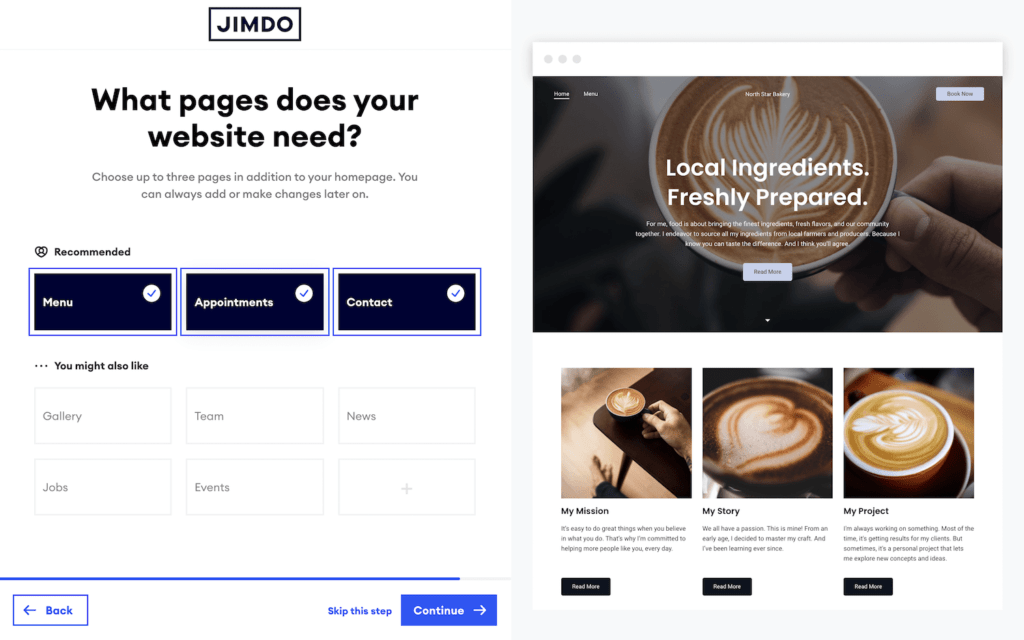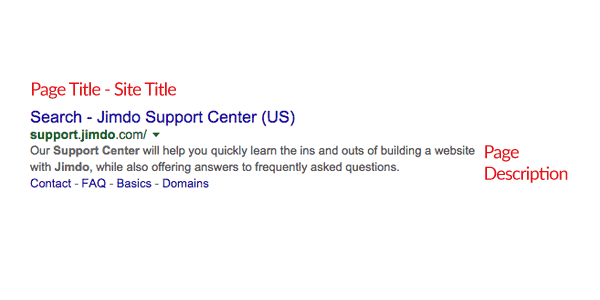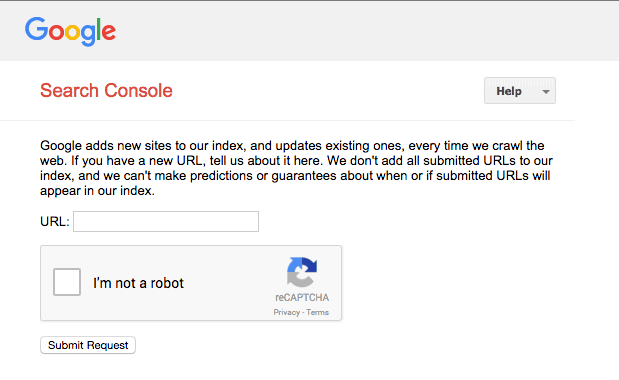- Get link
- X
- Other Apps
What are some of the proven ways to drive traffic to your website? Starting an internet business is an exciting concept. Thanks to blogging and website creation, thousands of people now make money online, making it a truly amazing method to make money.
However, there are two significant obstacles to earning a good living through blogging. Choosing the right amount of content to distribute is the first of these. The second is figuring out how to get people to your website.
Because so many other people are looking for the same folks, getting blog visitors might be difficult. There are only so many potential visitors, therefore while one person is successful in drawing more people to their website, someone else must surely lose.
Proven Ways to Drive Traffic to Your Website for Beginners
It's crucial to learn how to increase blog traffic while also outperforming your competitors. Fortunately, this isn't too much with a little bit of the appropriate information. Let's find below some of the proven ways to drive traffic to your website:
1. Start with some basic content
If your website doesn't include any information, no amount of fancy design can help you. It's a good idea to lay the groundwork for your project by adding some fundamental website content before diving into the realm of SEO, site maps, and website widgets. You'd be shocked at how many individuals neglect to complete this crucial step, but why would anyone go to a blank website?
Start by thinking of your homepage as the website's center. It should contain crucial details about your business, its goal statement, and some obvious options for where users may travel to next. From there, expand into additional pages. Your Services or Store page is where you can start selling your goods. An informative Contact Page makes it simple for people to contact you. An About Page is where you can share your story and demonstrate that you're the genuine thing. You may better manage what you have by making a straightforward site plan.
You may build an Under Construction page if you don't want visitors to view your pages while you construct them. However, if your website is fresh new, it's likely that no one will come into it by accident while you're constructing.
Bring your business online with Jimdo
2. Set up your domain
It's time to set up your domain now that you have some material posted. Log into your website if you're registering one using Jimdo and complete the registration form there. The confirmation letter will then be sent to you through email, completing the registration process. By using this simple domain tutorial, you may use your existing domain with your Jimdo site.
3. Fill out your SEO settings
You are now prepared to begin completing the SEO settings for your website. These hidden settings communicate with search engines and provide them with additional information about the content of each page. Additionally, they'll control how your sites show up in search results.
Your site title should be added first. The phrase that shows on the browser's tabs and contains some information about your site is called the Site Title. This should be used for something straightforward, like your company name, as it will show up on all pages. Additionally, you'll get the ability to select a few pertinent keywords to characterize your website.
4. Ensure Google indexes your website.
It's time to notify search engines that your website is live now that you have a domain, some foundational content, and completed SEO settings. New websites typically take weeks or even months to appear on Google. By submitting your URL using this link: https://www.google.com/webmasters/tools/submit-url, you can expedite the procedure.
Even though it could be tempting, there is no need to repeatedly enter your site into this page as you only need to do it once. For additional information on indexing and search crawlers, see our SEO Basics.
5. Create an account with Google Search Console and submit a sitemap.
The process of registering for Google Search Console (formerly known as Google Webmaster Tools) and linking it to your website is crucial. You can follow the directions in our Support Center to complete this process.
After creating your account, submit your sitemap by following these instructions from Google's Help Center. Your sitemap provides search engines with information about the pages on your website, including their organization, importance, and frequency of updates.
After completing all of these (I know, there are a lot of steps), a message including an SEO to-do list ought to appear in your Google Search Console account. For the greatest outcomes, I advise implementing each of their suggested measures.
Naturally, after you've registered for Google Search Console, you should also register for Google Analytics so that it may begin gathering data on the visits to your website. You may view website data, learn how people find your site, and figure out how to raise your search engine ranks by utilizing Google Analytics.
6. Creating more and more content
The focus of the next paragraph is content, which is the core of your website. Try adding extra text to your About Page, providing more information in your product descriptions, or creating a FAQ that will assist attract visitors from search engines. Search engines now have more data to work with when sending users to your sites thanks to all the material you contribute. This may also help you earn a featured snippet on a related Google search.
There aren't many shortcuts on your website in this particular section. Search engines like Google will locate your website and rank it higher on search results if you consistently provide high-quality content. Since Google "understands" that users are looking for this sort of material, it favors high-quality content and places it high in search results. This is where SEO also plays a role. Create a FAQ page for your business and use it to provide responses using industry-specific keywords. Write articles about how to patch a flat tire if you run a bike store. Google will start to list your page among the results when someone searches for "how to replace a bike tire."
Don't forget to publish the post on your social accounts when you've finished tweaking your material, adding catchy graphics, and SEO-optimizing it.
The number of visitors ought to increase after a few weeks or so. I can't stress enough how crucial it is that you examine these trips because you'll begin to see patterns. Analyze your visitors' keyword usage with Google Analytics. Continue employing that term if you see that it brings in plenty of people so that you may continue to increase your audience.
Google Analytics can even reveal which social network is generating the most hits for you. On my own website, I discovered that Tumblr was the finest platform for sharing my blog entries, as opposed to Facebook, which had little effect. Never undervalue the power of data; make the most of this wealth of knowledge by analyzing it to improve your post-writing.
Bring your business online with Jimdo
7. use social media to promote your website
You are now prepared to share your invention with the world because your domain is prepared and your website contains content. If you're working on a personal website, your options moving forward are to simply share the site on your own social media accounts or to set up accounts for your website, brand, or company. Just make sure you select the social media plan that is most appropriate for your company.
By promoting your website on social media, you may start getting the word out about it and attract your first consumers. You should also take advantage of this opportunity to do some informal user testing or ask your closest friends and family for their opinions.
The virtuous cycle
Write, share, examine, and then repeat. You'll get faster and more proficient at this cycle the sooner you become used to it. Following this straightforward strategy can help you get your website in front of potential clients. In the world of SEO, content is king. Don't quit even if it may not be simple or appear like you are making no progress at first. You will succeed if you persevere and work hard.
Final thought
The link-building method is the most effective one for this routine. Simply put, you identify every possible location where a potential visitor to your site would try to find a website similar to yours, and you make every effort to have a website link there.
Exist any specific websites that are well-known and often visited by everyone in your market? If so, you should try to have your website included here if at all feasible. Write articles and submit them to that website. Perhaps inquire if they have a list of further intriguing websites.
Are there any online forums or magazines that people in your market frequent? Once more, look for strategies to persuade these websites to connect to yours.




Comments
Post a Comment